But to My Knowledge He's Been Asleep This Whole Time
The collective term sleep disorder refers to conditions that affect sleep quality, timing, or duration and impact a person's ability to properly function while they are awake. These disorders can contribute to other medical problems, and some may also be symptoms for underlying mental health issues.
In 1979, the American Sleep Disorders Association published the first classification system dedicated to sleep disorders. Our knowledge and understanding of sleep health has evolved over the past four decades. More than 100 specific sleep disorders have been identified and today's classifications use complex methodologies to categorize these disorders based on causes, symptoms, physiological and psychological effects, and other criteria. However, most sleep disorders can be characterized by one or more of the following four signs:
- You have trouble falling or remaining asleep
- You find it difficult to stay awake during the day
- There are imbalances in your circadian rhythm that interfere with a healthy sleep schedule
- You are prone to unusual behaviors that disrupt your sleep
Any of these signs could indicate a sleep disorder. We encourage people who experience any of these issues to consult with their doctor.
Visit the pages below to learn more about different sleep disorders. Our list of sleep disorders is based on categories in the American Academy of Sleep Medicine's International Classification of Sleep Disorders – Third Edition (ICSD-3).
Sleep Disorders
What they are, their causes and symptoms, and how people with sleep disorders can get relief
Fact Checked
Written by
Danielle Pacheco
Looking for Something Specific?
Insomnia
Insomnia is characterized by the recurring difficulty to fall or remain asleep despite motivation and means to do so. People with insomnia also experience excessive daytime sleepiness and other cognitive impairments while they are awake. Insomnia is considered a chronic condition when patients exhibit symptoms at least three times per week for at least three months. Based on recent statistics, up to one-third of adults live with some form of insomnia.
- Sleep-onset insomnia occurs when people have difficulty falling asleep, even when they are tired.
- Sleep maintenance insomnia refers to difficulty staying asleep during the night.
- Mixed insomnia is a hybrid condition characterized by sleep-onset and sleep maintenance insomnia symptoms.
Articles about Insomnia


Medically Reviewed by
Dr. Abhinav Singh
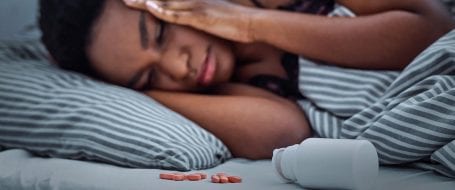
Medically Reviewed by
Dr. Alex Dimitriu
Sleep Aids to Treat Insomnia
Struggling with insomnia and sleep deprivation? Learn about the types of sleep aids for insomnia, their benefits and side effects,…
Sleep Apnea
Sleep apnea is a common sleep-related breathing disorder that occurs due to blockage of the upper airway. People with this condition often wake up choking or gasping for air. Heavy snoring is another common symptom. Like other sleep disorders, sleep apnea can cause excessive daytime sleepiness and fatigue, as well as various cognitive impairments. Most sleep apnea cases fall into one of the following two categories.
- Obstructive sleep apnea (OSA) is caused by a physical obstruction that blocks the upper airway. This obstruction may be attributed to large tonsils or adenoids, fluid buildup from advanced heart or kidney failure, or genetic syndromes that affect facial structure such as cleft palate. Obese people with fat deposits around their neck are also at higher risk of OSA, and back sleeping can lead to apnea episodes if the tongue falls back into the throat. For many patients, continuous positive air pressure (CPAP) therapy is the most effective treatment
- Central sleep apnea (CSA) occurs when the brain stops sending signals to the muscles that control breathing, leading to choking episodes during the night. As with OSA, obesity is a common risk factor for CSA. The condition may also affect people who have experienced a stroke, brain infection, and other medical problems with the brain stem, as well as those who take narcotic painkillers and other sleep-inducing medications. CPAP therapy is often prescribed for CSA, though some patients find bi-level positive air pressure (BiPAP) therapy more effective.
Articles about Sleep Apnea
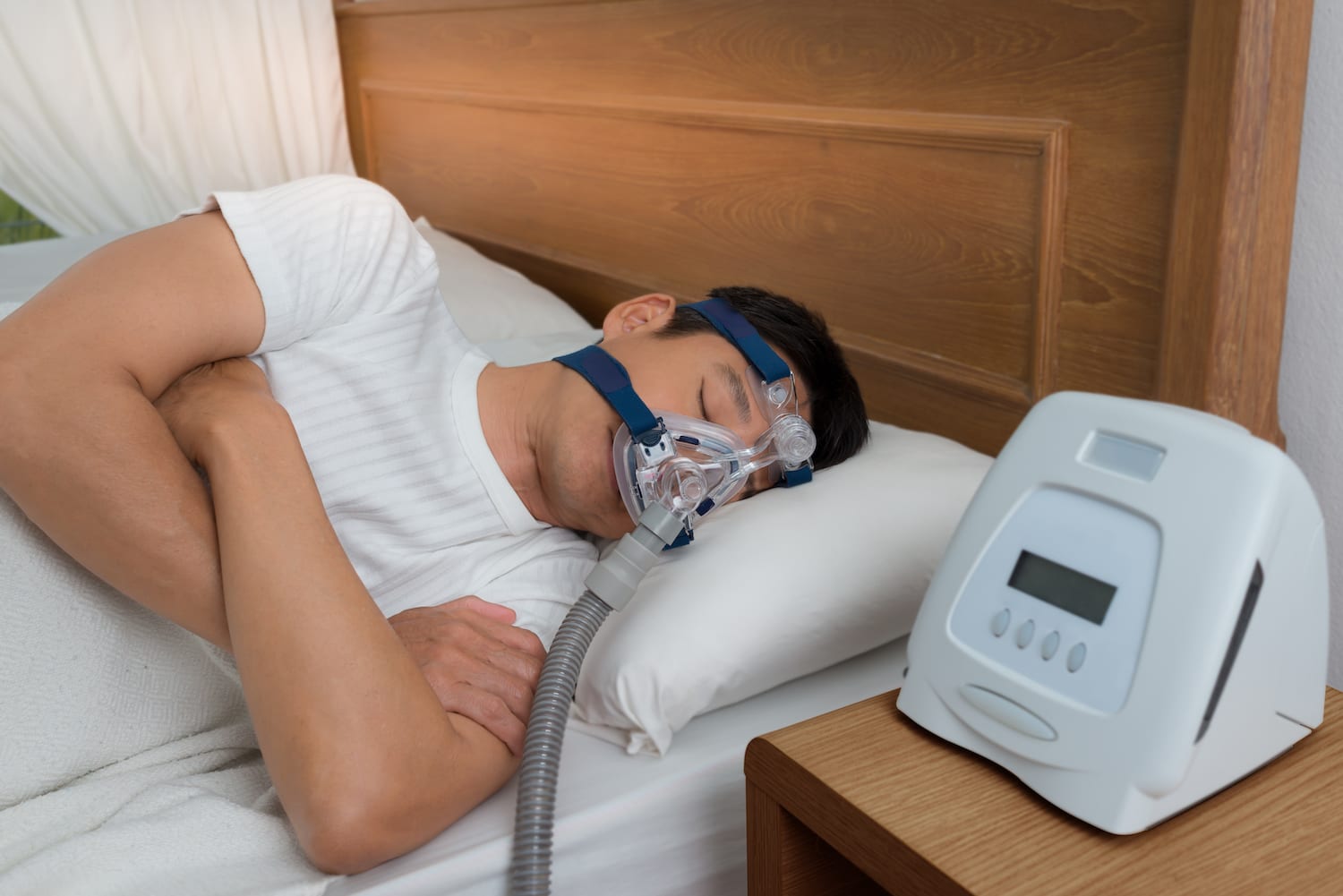

Medically Reviewed by
Dr. Abhinav Singh
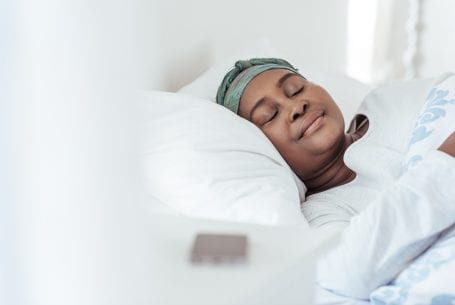
Medically Reviewed by
Dr. John DeBanto
How Weight Affects Sleep Apnea
Sleep apnea is a relatively common disorder in which people experience disrupted breathing while they are sleeping.
Narcolepsy
Narcolepsy is a sleep disorder that makes people feel excessively tired during the day despite getting an adequate amount of rest the previous night. This can lead to the irrepressible urge to sleep, culminating in "sleep attacks" that typically last for a few minutes. Over time, narcolepsy can also cause sleep-onset and sleep maintenance problems. The condition known as Narcolepsy Type 1 often includes cataplexy, or a sudden loss of muscle tone that causes people to fall or slump over as they nod off. Sleep attacks also occur with Narcolepsy Type 2, but cataplexy is not present. Narcolepsy affects roughly 1 in 2,000 people in the U.S. and Europe.
Articles about Narcolepsy
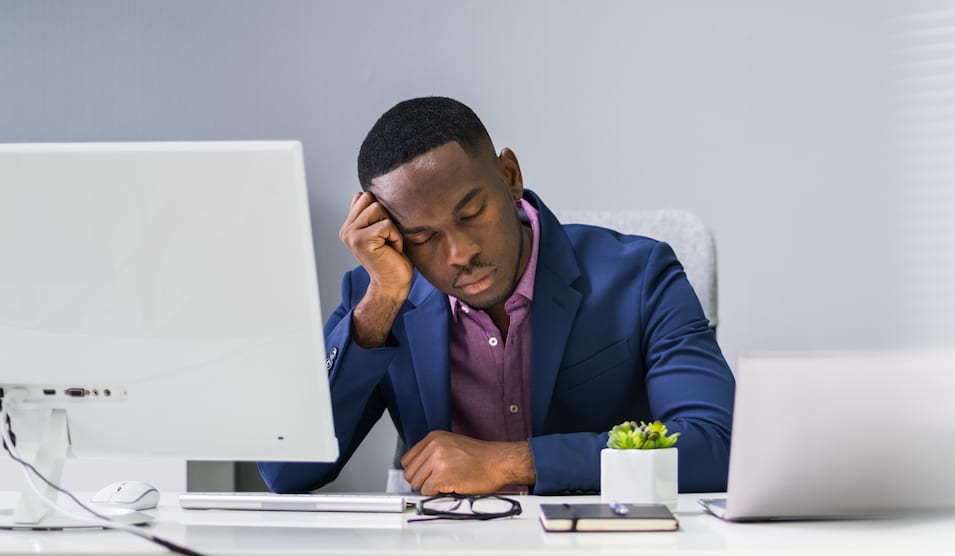

Medically Reviewed by
Dr. John DeBanto
Narcolepsy Treatment
Excessive daytime sleepiness (EDS) is a symptom of a sleep-related disorder. Treatments vary depending on the disorder. Good sleep hygiene…
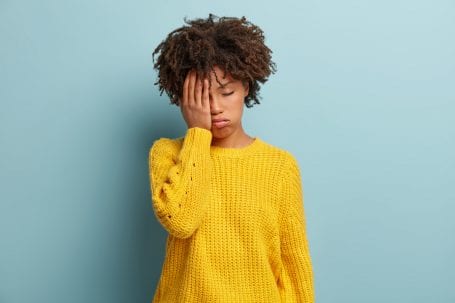
Medically Reviewed by
Dr. Anis Rehman
Diagnosing Narcolepsy
Narcolepsy is a sleep disorder marked by excessive daytime sleepiness (EDS), which can cause significant health consequences for children, teens,…
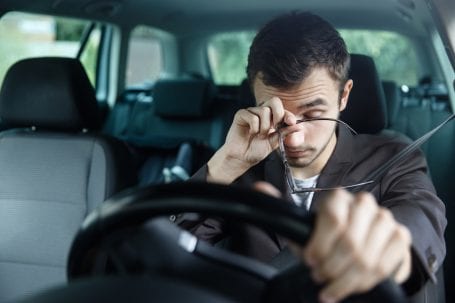
Medically Reviewed by
Dr. Anis Rehman
Narcolepsy Symptoms
Narcolepsy is a sleep disorder that affects one in 2,000 Americans. Although people may begin experiencing symptoms at any age,…
Restless Leg Syndrome
RLS is a type of sleep-related movement disorder that affects 7-10% of the U.S. population. Also known as Willis-Ekbom Disease, RSL is characterized by throbbing, itching, and other painful sensations in the legs and powerful urges to move the legs while they are at rest. People with RLS typically experience the strongest symptoms in bed, putting them at an increased risk for sleep-onset and sleep maintenance problems. There is no cure for RLS, though lifestyle changes, moderate exercise, and nighttime stretching can help some patients manage their symptoms.
Articles about Restless Leg Syndrome
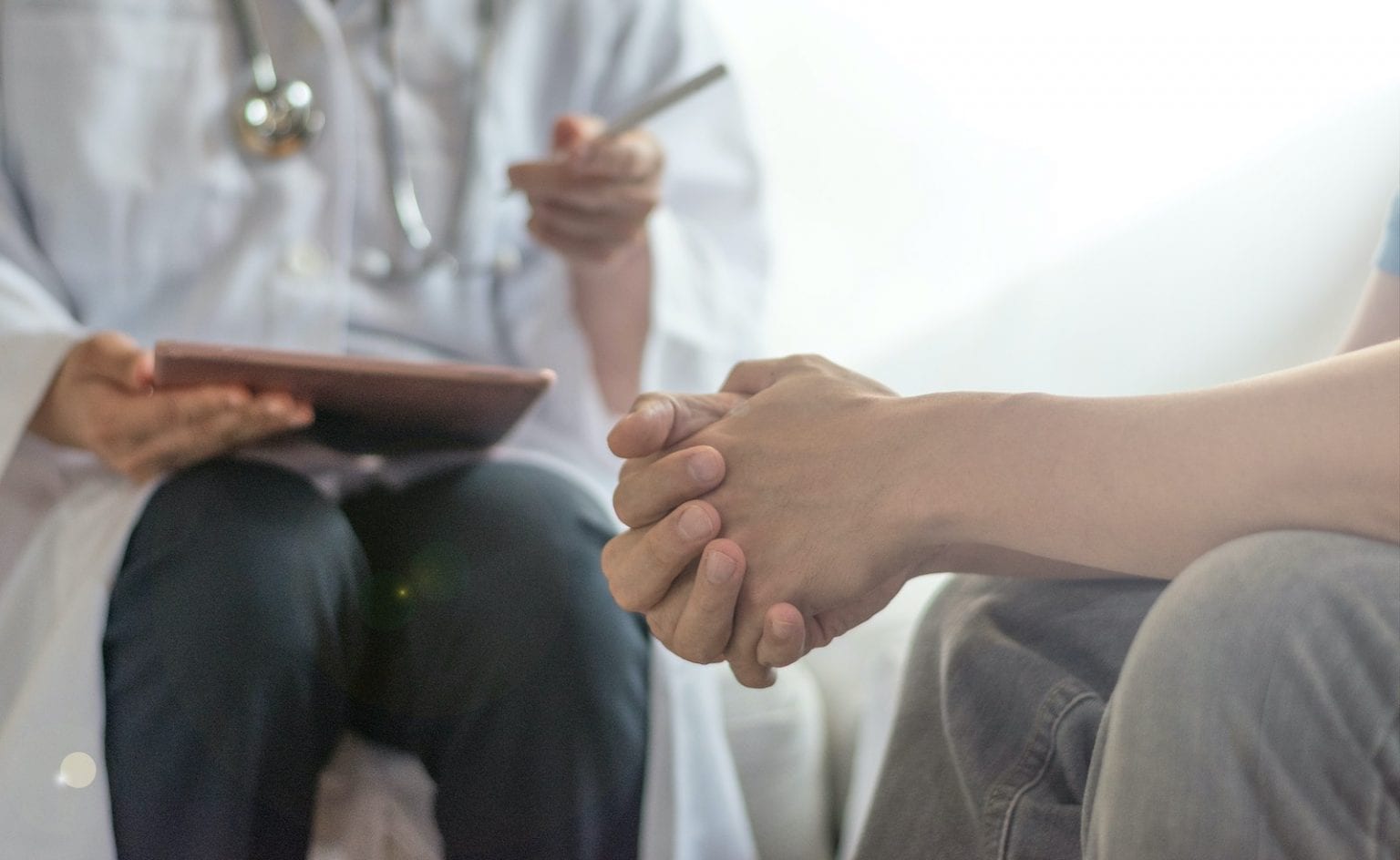

Medically Reviewed by
Dr. Heather Wright
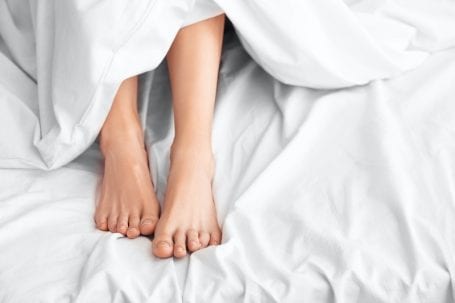
Medically Reviewed by
Dr. Heather Wright
Restless Legs Syndrome (RLS) Treatment
Restless legs syndrome (RLS), otherwise known as Willis-Ekbom disease, is a disorder characterized by uncomfortable tingling sensations and an irresistible…
Excessive Sleepiness
EDS is defined by feelings of intense grogginess during the day that can compel people to sleep at inopportune times. People who feel excessively groggy during the day may also be more prone to errors and accidents. A wide range of medical and psychological conditions can lead to EDS, such as diabetes, hypothyroidism, chronic pain, depression, and anxiety. Other causes include certain sleep disorders like sleep apnea and periodic limb movement disorder. EDS is believed to affect up to 18% of the population.
Articles about Excessive Sleepiness


Medically Reviewed by
Dr. Abhinav Singh

Medically Reviewed by
Dr. Abhinav Singh
Excessive Sleepiness and Workplace Accidents
Excessive sleepiness can lead to workplace accidents, injuries, and deaths. Learn how sleepiness impacts safety in the workplace and other…
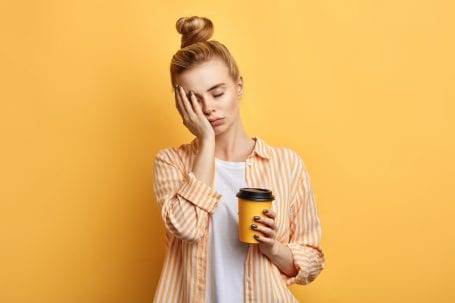
Medically Reviewed by
Dr. Anis Rehman
Causes of Excessive Sleepiness
Do you notice yourself feeling tired all the time, or sometimes falling asleep during the daytime when you'd prefer to…
Shift Work Disorder
Shift work disorder primarily affects people whose jobs require them to work late at night or early in the morning. Sleeping during the day and working at night can cause misalignment between a person's body and the circadian rhythms that guide their sleep-wake schedule based on natural light and darkness cycles. People with this condition often feel excessively tired at work and struggle to get enough sleep during their allotted daytime rest period. Up to 32% of night shift workers and 26% of rotating shift workers meet the diagnostic criteria for shift work disorder.
Articles about Shift Work Disorder
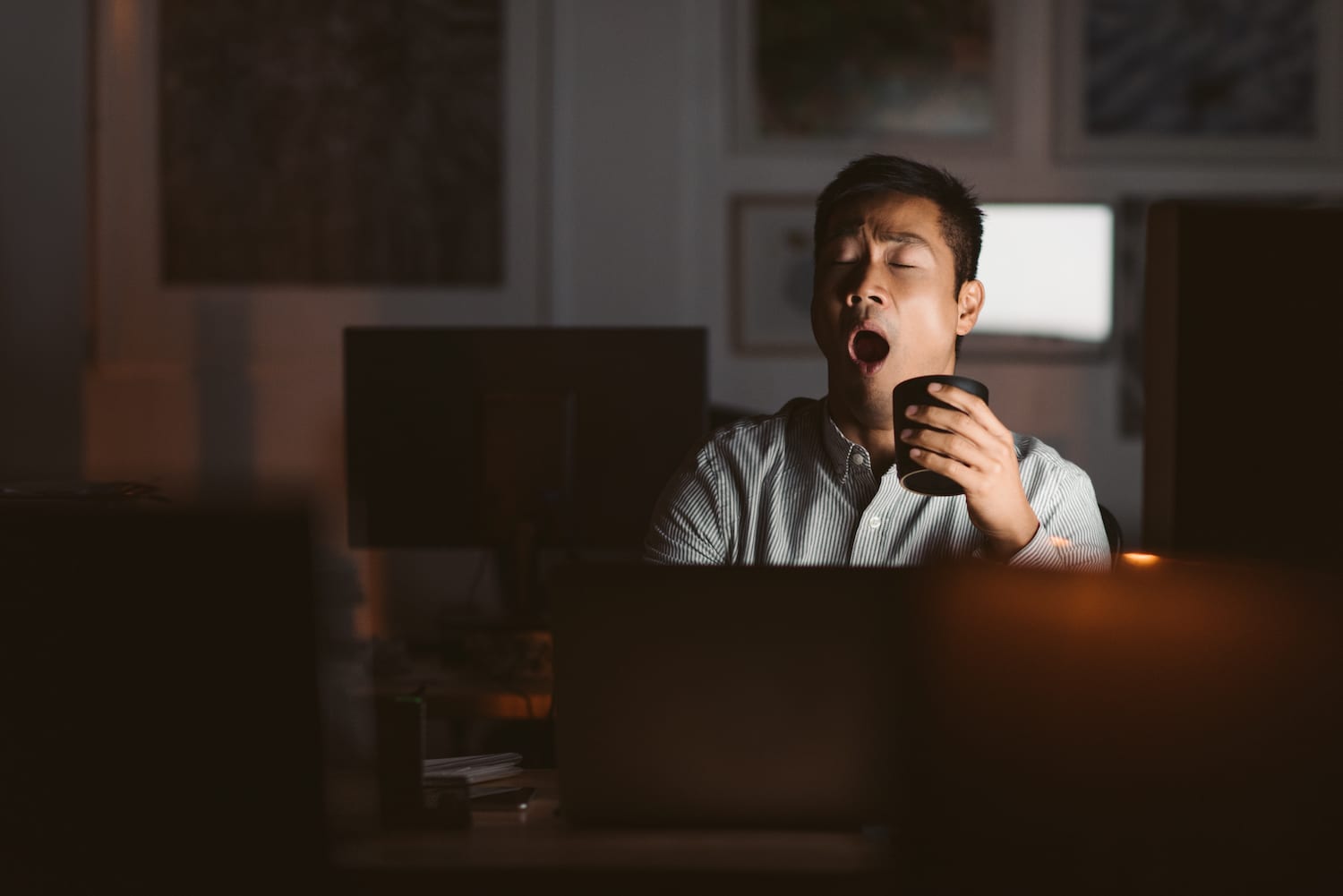

Medically Reviewed by
Dr. Heather Wright

Medically Reviewed by
Dr. Kimberly Truong
Napping
A nap is a short period of sleep, usually taken during the day. One-third of American adults nap. Many swear…
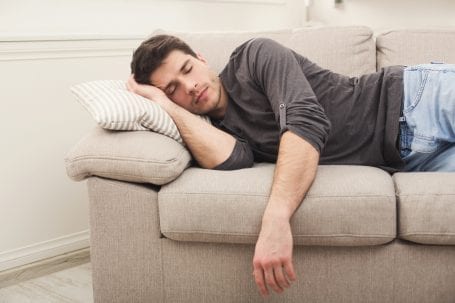
Medically Reviewed by
Dr. Joshua Tal
Tips for Sleeping During the Day
Many people follow schedules that require them to work at night and sleep during the day. While some adjust to…
Parasomnias
Parasomnias are a group of unusual sleep behaviors that can occur before falling sleep, during sleep, or in the time between sleep and wakefulness. These are more commonly found in children, but some adults may experience them as well. These include sleepwalking, bedwetting, night terrors, and more unique ones like exploding head syndrome. Parasomnias are broken down into three categories: NREM-related parasomnias, REM-related parasomnias, and other.
Articles about Parasomnias
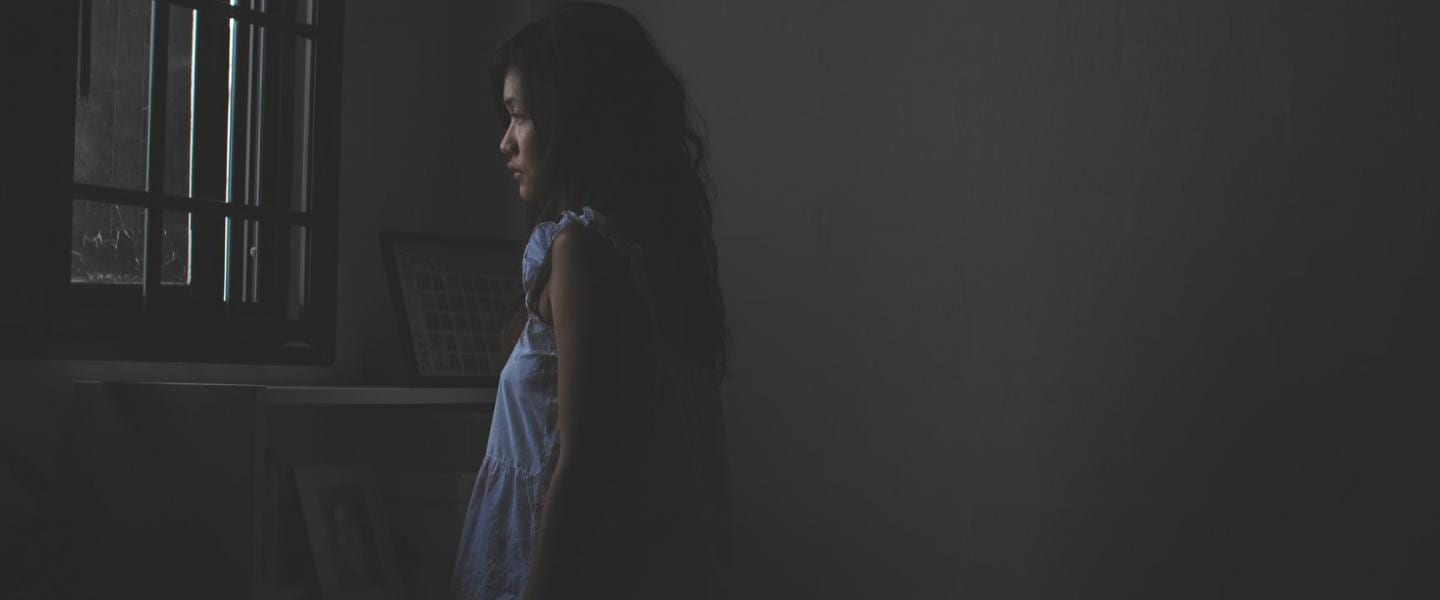

Medically Reviewed by
Dr. Nilong Vyas
Sleepwalking
Our medical review team has recently evaluated this page to ensure accuracy. We will continue to monitor and revise this…
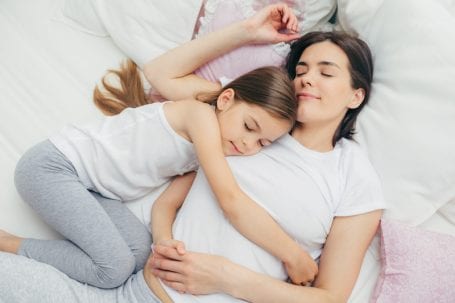
Medically Reviewed by
Dr. Nilong Vyas
Bedwetting and Sleep
Bedwetting is a familiar problem many people experience at some point. Still, bedwetting can be uncomfortable and upsetting for both…
Non 24-Hour Sleep Wake Disorder
For most adults, the circadian rhythms that guide their sleep-wake cycle and other bodily processes will reset every 24 hours. The condition known as non 24-hours sleep wake disorder occurs when someone's circadian cycle exceeds the 24-hour mark. These individuals often experience delays of one to two hours in their sleep-onset and waking times. This disorder primarily affects those who are totally blind and people with dementia.
Articles about Non 24-Hour Sleep Wake Disorder


Medically Reviewed by
Dr. Abhinav Singh
Additional Information on Sleep Disorders
Insomnia
According to general estimates, 10-30% of adults live with some form of insomnia. The condition is defined by a persistent difficulty falling or remaining asleep despite the opportunity and motivation to do so, as daytime impairments associated with lack of sleep. Chronic insomnia occurs when sleepers experience symptoms at least three times per week for at least three months. Insomnia lasting less than three months is known as short-term insomnia.
- Confusional arousals: Those who experience confusional arousals will exhibit confused behavior in bed due to an incomplete arousal from deep sleep. They won't react to other people who attempt to intervene, and they'll have little to no memory of the event.
- Sleepwalking: Also known as somnambulism, sleepwalking occurs when people get out of bed and move about while still asleep. Sleepwalkers may remain in their bedrooms, but some travel to other areas in or outside of their residence. Attempting to wake up a sleepwalker can result in aggressive behavior.
- Night terrors: When someone experiences night terrors, they often cry or act out in their sleep but will have little to no memory of the incident after waking. Most night terror episodes are brief, but they can last for several minutes in some cases.
- Sleep-related sexual abnormal behaviors: People with this condition will display aggressive or uncharacteristic sexual behavior while asleep. As with other parasomnias, those with this condition – also known as "sexsomnia" – will remember very little, if any, of their behavior when they wake up
Parasomnias
Parasomnia is a collective term for unusual behaviors that occur prior to sleep, while asleep, or during the transition period between sleep and waking. These behaviors can occur during different sleep cycle stages, as well. Parasomnias that are mostly isolated to the non-rapid eye movement (NREM) sleep stages include the following:
- Confusional arousals: Those who experience confusional arousals will exhibit confused behavior in bed due to an incomplete arousal from deep sleep. They won't react to other people who attempt to intervene, and they'll have little to no memory of the event.
- Sleepwalking: Also known as somnambulism, sleepwalking occurs when people get out of bed and move about while still asleep. Sleepwalkers may remain in their bedrooms, but some travel to other areas in or outside of their residence. Attempting to wake up a sleepwalker can result in aggressive behavior.
- Night terrors: When someone experiences night terrors, they often cry or act out in their sleep but will have little to no memory of the incident after waking. Most night terror episodes are brief, but they can last for several minutes in some cases.
- Sleep-related sexual abnormal behaviors: People with this condition will display aggressive or uncharacteristic sexual behavior while asleep. As with other parasomnias, those with this condition – also known as "sexsomnia" – will remember very little, if any, of their behavior when they wake up
Other parasomnias occur during the rapid-eye movement (REM) stage of the sleep cycle, when dreams are most likely to occur. These include:
- REM sleep behavior disorder: Known as RSBD or RBD for short, REM sleep behavior disorder causes sleepers to physically or vocally act out on their dreams. The behaviors associated with this disorder can disrupt sleep for the individual and their partner, and also put people at higher risk of physical injury.
- Sleep paralysis: Sleep paralysis causes people to feel completely paralyzed as soon as they wake up. This may also occur during sleep onset. Paralysis episodes usually don't last for more than a few minutes, but this condition can trigger sleep anxiety for some people.
- Nightmare disorder: While isolated nightmares are common for most people, nightmare disorder is defined by vivid, unpleasant dreams that disrupt sleep on a recurrent basis. For some, the nightmares become increasingly disturbing. People with nightmare disorder often experience anxiety about going to bed, as well as post-awakening anxiety when the dream ends.
Lastly, some parasomnias are not isolated to the NREM or REM stages. They may also occur during the transition between sleep and wakefulness
- Exploding head syndrome: As the name implies, people with this condition will imagine loud explosions in their head when they are aroused from sleep. People may physically or vocally act out toward the explosion, but they will not actually feel any pain.
- Sleep-related hallucinations: Some people experience hallucinations during sleep onset or the transition between sleep and waking. These hallucinations can be so vivid for sleepers that they will attempt to leave their bed, putting them at higher risk of injury. The hallucinations may persist for several minutes.
- Sleep enuresis: Also known as bedwetting, sleep enuresis is involuntary urination during sleep. This condition is quite common in young children. However, enuresis is considered a parasomnia for children and adults over the age of five who experience episodes at least twice a week for at least three months.
Sleep-Related Breathing Disorders
These disorders are characterized by abnormal breathing during sleep. For some, the individual will also experience abnormal breathing while they are awake. Some breathing disorders are highly disruptive for sleep and can lead to major daytime impairments. Sleep apnea, a common breathing disorder for children and adults, can also cause heavy snoring.
- Obstructive sleep apnea: Obstructive sleep apnea (OSA) is characterized by disordered breathing episodes, or apneas, during sleep. People with this condition will often wake up choking or gasping for air multiple times during the night, and report feelings of fatigue and non-restorative sleep during the day. OSA occurs when the airway is blocked due to certain physiological factors, such as a narrow throat, large tongue, smaller lower jaw, or obesity. Children may experience OSA if they have not had their tonsils or adenoids removed.
- Central sleep apnea: Much like OSA, central sleep apnea, or CSA, causes apnea breathing episodes during the night. The key difference is root cause. CSA occurs when the brain stops sending signals to muscles that regulate breathing, rather than a physical obstruction blocking the airway. Strokes and other medical conditions that affect the brain stem can cause CSA, as can obesity, heart failure, and some medications.
- Sleep-related hypoventilation disorders: These disorders occur when sleepers do not receive enough ventilation, causing the carbon dioxide levels in their blood to spike. Obesity, genetic abnormalities, certain drugs and medications, and underlying medical conditions can all lead to sleep-related hypoventilation.
- Sleep-related hypoxemia disorder: Hypoxemia refers to below-normal blood oxygen levels. For people with this condition, their blood oxygen levels decrease primarily during sleep. Sleep-related hypoxemia may be a symptom of an underlying medical condition such as pulmonary hypertension, chest wall disorders, or neurologic and neuromuscular disorders.
Hypersomnolence Disorders
Hypersomnolence refers to feelings of sleepiness and fatigue during the day despite a healthy circadian rhythm and an adequate amount of sleep the previous night. These feelings may lead to involuntary lapses into drowsiness or sleep, which in turn puts people at risk for accidents. Some people with hypersomnolence disorders feel the effects of daytime sleepiness before nodding off, while others will unknowingly fall asleep.
- Narcolepsy: Narcolepsy occurs when patients with normal sleep schedules either feel the irrepressible urge to sleep or involuntarily lapse into sleep on a daily basis for at least three months. This condition falls into two primary categories. Narcolepsy Type 1 includes cataplexy, a sudden muscle weakness or paralysis, whereas Narcolepsy Type 2 may include some muscle weakness but not to the same extent.
- Idiopathic Hypersomnia: This condition, like narcolepsy, is characterized by the strong urge to fall asleep or lapses into sleep despite an otherwise healthy sleep schedule. However, idiopathic hypersomnia does not include cataplexy. To qualify for a diagnosis, patients cannot have any sleep disorders or preexisting conditions that explain the hypersomnia.
- Kleine-Levin Syndrome: This rare disorder is defined by episodes of excessive sleep – up to 20 hours a day in some cases. The first episode often occurs in tandem with a bodily infection or excessive alcohol intake, and will usually occur every year or so. Episodes can persist for days, weeks, or even months. Common effects of Kleine-Levin Syndrome include cognitive dysfunction, altered perceptions, eating disorders, and disinhibited behaviors. Over the course of eight to 12 years, episodes of excessive sleepiness decrease in intensity and frequency.
Sleep-Wake Disorders
This category of circadian rhythm sleep disorders is tied to a person's internal clock and the factors that regulate their 24-hour sleep cycle. Light plays a major role in the circadian rhythm. When our eyes are exposed to natural or artificial light, our body releases compounds that keep us awake and alert; when light disappears at night, the body produces different compounds to induce feelings of drowsiness and relaxation. Sleep-wake disorders occur in people whose circadian rhythms are misaligned, causing them to feel alert and tired at abnormal times of the day.
- Sleep-wake phase disorder: This disorder is defined by the inability to fall asleep and wake up at the intended times, and falls into two subcategories. Delayed sleep-wake phase disorder occurs when the patient's sleep-wake cycle is delayed by at least two hours. For advanced sleep-wake phase disorder, patients fall asleep and wake up at least two hours ahead of schedule. Symptoms must persist for at least three months to warrant a diagnosis.
- Irregular rhythm sleep-wake disorder: This disorder is marked by irregular sleeping and waking episodes over a 24-hour period. Patients often experience insomnia symptoms when they are trying to sleep and excessive daytime sleepiness.
- Non-24 sleep-wake disorder: People with this disorder have internal clocks that do not follow a 24-hour schedule. Their sleep-wake cycle may be shorter or longer than 24 hours, depending on how their circadian rhythm is synchronized. Most patients with non-24 sleep-wake disorder are totally blind.
- Shift work sleep disorder: Most people with shift work sleep disorder have jobs that require shifts outside the typical 9-5 schedule, including evening and overnight shifts. They experience insomnia symptoms at night and excessive daytime sleepiness because their sleep schedule is not in sync with a normal 24-hour circadian rhythm, which is influenced by light and darkness. Shift work sleep disorder often deprives people of one to four hours of sleep every 24-hour period.
- Jet lag disorder: This temporary disorder occurs when travelers pass through multiple time zones during a single flight or series of successive flights, leaving their circadian rhythm out of sync with local time at their final destination. The severity of jet lag depends on the length of travel, as well as the direction – eastbound travelers tend to experience stronger jet lag than those heading west.
Sleep-Related Movement Disorders
These disorders are characterized by abnormal movements during sleep that can be disruptive for the individual, as well as their sleep partner. They often cause excessive daytime sleepiness and fatigue due to sleep loss.
- Restless legs syndrome: Also known as Willis-Ekbom disease or simply RLS, this causes people to experience unpleasant or painful sensations in their legs. These sensations are usually more pronounced at night when the individual sits or lies down for prolonged periods. RLS creates strong urges to move the legs in order to alleviate the discomfort.
- Periodic limb movements disorder: People with this disorder – PLMS for short – will experience periodic bodily movements during the night that coincide with arousal and sleep disruptions. In most cases, movements are isolated to the lower limbs. Patients are often unaware of the movements or the sleep arousal.
- Sleep-related bruxism: Sleep-related bruxism causes people to grind their teeth during sleep. Over time, this can cause excessive jaw pain, abnormal tooth wear, and other side effects. Many people with bruxism treat their condition with an anti-snoring mouthpiece or mouthguard, such as a mandibular advancement device that physically moves the jaw forward or a tongue retaining device that holds the tongue in place.
But to My Knowledge He's Been Asleep This Whole Time
Source: https://www.sleepfoundation.org/sleep-disorders